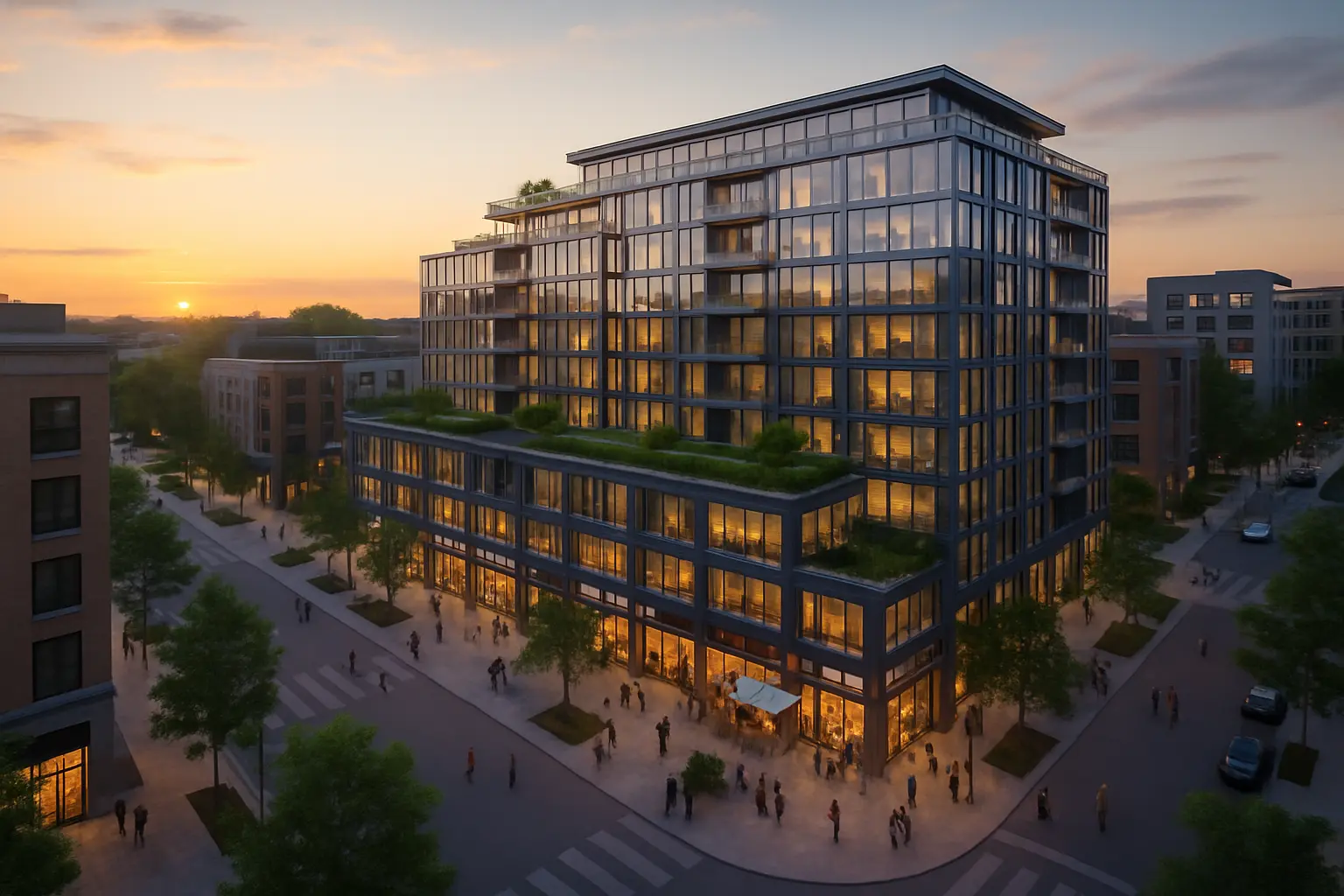The Rise of Mixed-Use Developments: A Game-Changer for Modern Urban Living
Discover how integrated commercial and residential spaces are revolutionizing the way we live, work, and play in today's dynamic real estate market

The Evolution of Urban Planning
Urban landscapes are undergoing a remarkable transformation as mixed-use developments emerge as the cornerstone of modern city planning. Gone are the days of rigid zoning laws that strictly separated residential areas from commercial spaces. Today's urban planners are embracing a more integrated approach that reflects the changing needs of contemporary society.
The shift towards mixed-use developments represents a return to traditional neighborhood design principles, enhanced by modern amenities and technology. These developments create vibrant, walkable communities where residents can live, work, and socialize without relying heavily on personal vehicles.
Benefits for Residents and Businesses
Mixed-use developments offer numerous advantages that appeal to both residents and businesses alike. For residents, the benefits include:
- Convenience: Essential services, retail shops, and entertainment venues within walking distance
- Time savings: Reduced commute times and easier access to daily necessities
- Enhanced community life: More opportunities for social interaction and community engagement
- Improved quality of life: Better work-life balance through proximity to amenities
For businesses, these developments provide:
- Built-in customer base: Direct access to local residents
- Increased foot traffic: Natural flow of people throughout the development
- Operational efficiency: Shared maintenance and security costs
Investment Potential
The financial appeal of mixed-use developments continues to grow, attracting both individual investors and institutional funds. Property values in well-designed mixed-use developments have shown remarkable resilience, often outperforming traditional single-use properties.
Mixed-use developments typically demonstrate stronger long-term value appreciation due to their ability to adapt to changing market conditions and maintain consistent demand.
Investors are particularly drawn to:
- Diversified income streams from multiple property types
- Lower vacancy risks due to complementary use patterns
- Strong appreciation potential in urban growth areas
Future Trends
The future of mixed-use developments is being shaped by several key trends:
Sustainability Integration
Modern mixed-use projects are increasingly incorporating:
- Green building technologies
- Renewable energy systems
- Water conservation measures
- Urban farming spaces
Technology Integration
Smart building features are becoming standard, including:
- IoT-enabled building management systems
- Digital community engagement platforms
- Advanced security systems
As cities continue to evolve, mixed-use developments are positioned to play a crucial role in creating sustainable, livable communities. These innovative spaces not only address current urban challenges but also provide a blueprint for the future of city living, where convenience, sustainability, and community connection converge.


